Over fourteen days, an AFP photographer followed the Kautokeino reindeer on their way back from their summer pasture in Seglvik to the Kautokeino lands near the Finnish border.
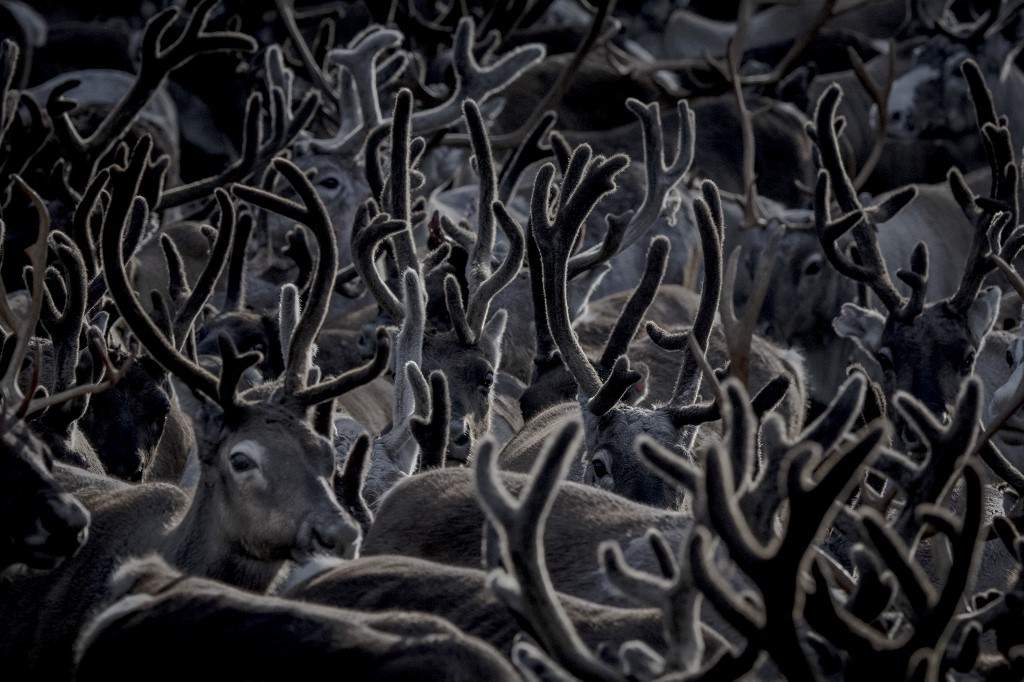
The reindeer — bred by the indigenous Sami reindeer herders that span northern Europe — are semi-nomadic and travel across vast expanses as they move between their winter and summer grazing grounds.
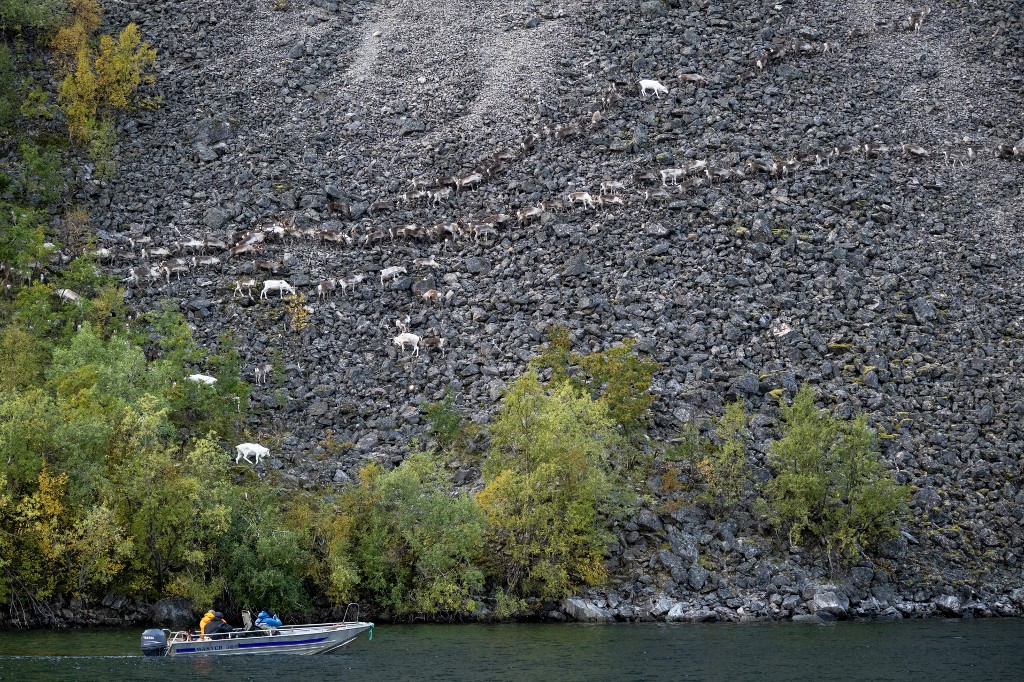
To make their journey home, the reindeer bypass two glaciers before arriving at the foot of the Jokelfjord glacier — the only one in Europe which drains into the ocean.
The Sami follow their animals on quad bikes, on foot, or by boat.
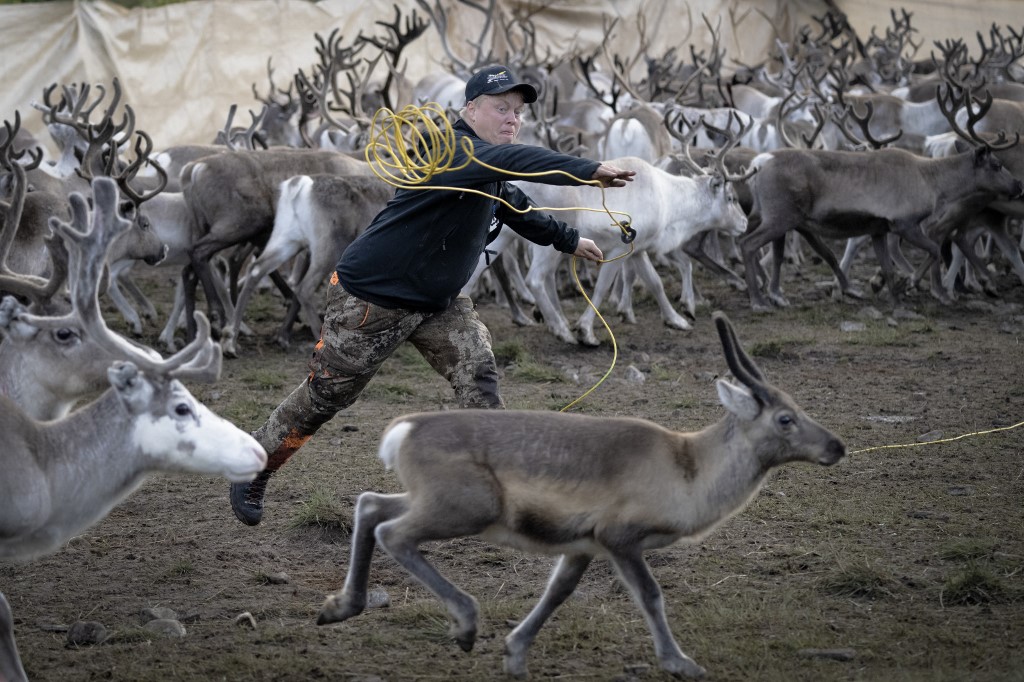
Ante Niillas Gaup, a 37-year-old Sami herder, whistles towards the herd to show them the path to take. But the herder, accompanied by his barking dogs, says mostly they are driven by their instinct to follow the right route.
“If they don’t want to walk, they don’t walk — they do it little by little as they want, when they decide,” said Gaup.

When they reach obstacles such as a steep wall or crossing a fjord, the reindeer stop and wait for a signal from the herders.
A Sami herder in a small motorboat in the middle of the fjord rings a bell to show them the way to the opposite bank.
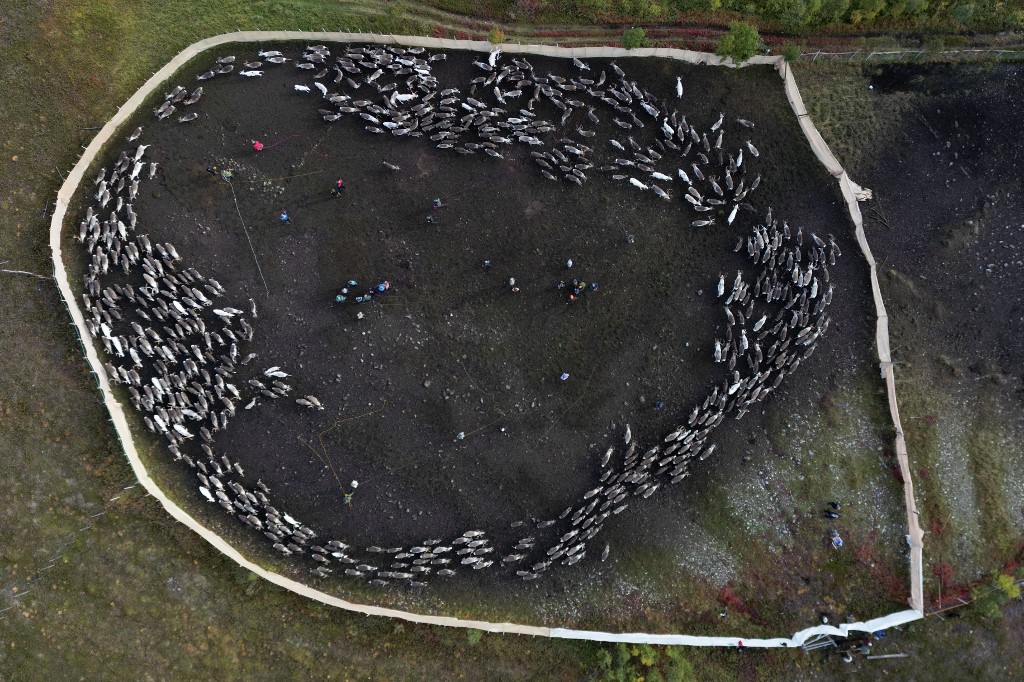
When they are ready to swim, the reindeer form themselves into a single file, preparing to dive in.
Hundreds of the animals then launch into the water, grunting as they head for the other shore in a synchronised swim.
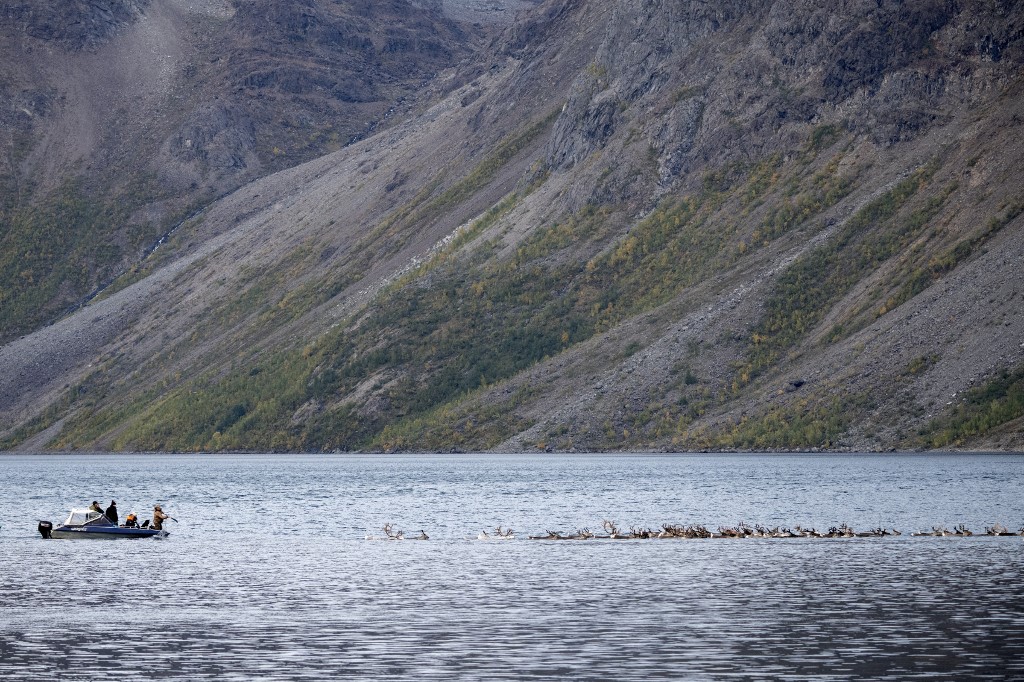
Once they reach land again, they are on the final leg of their journey to Kautokeino, where they will spend the winter.



 Please whitelist us to continue reading.
Please whitelist us to continue reading.
Member comments